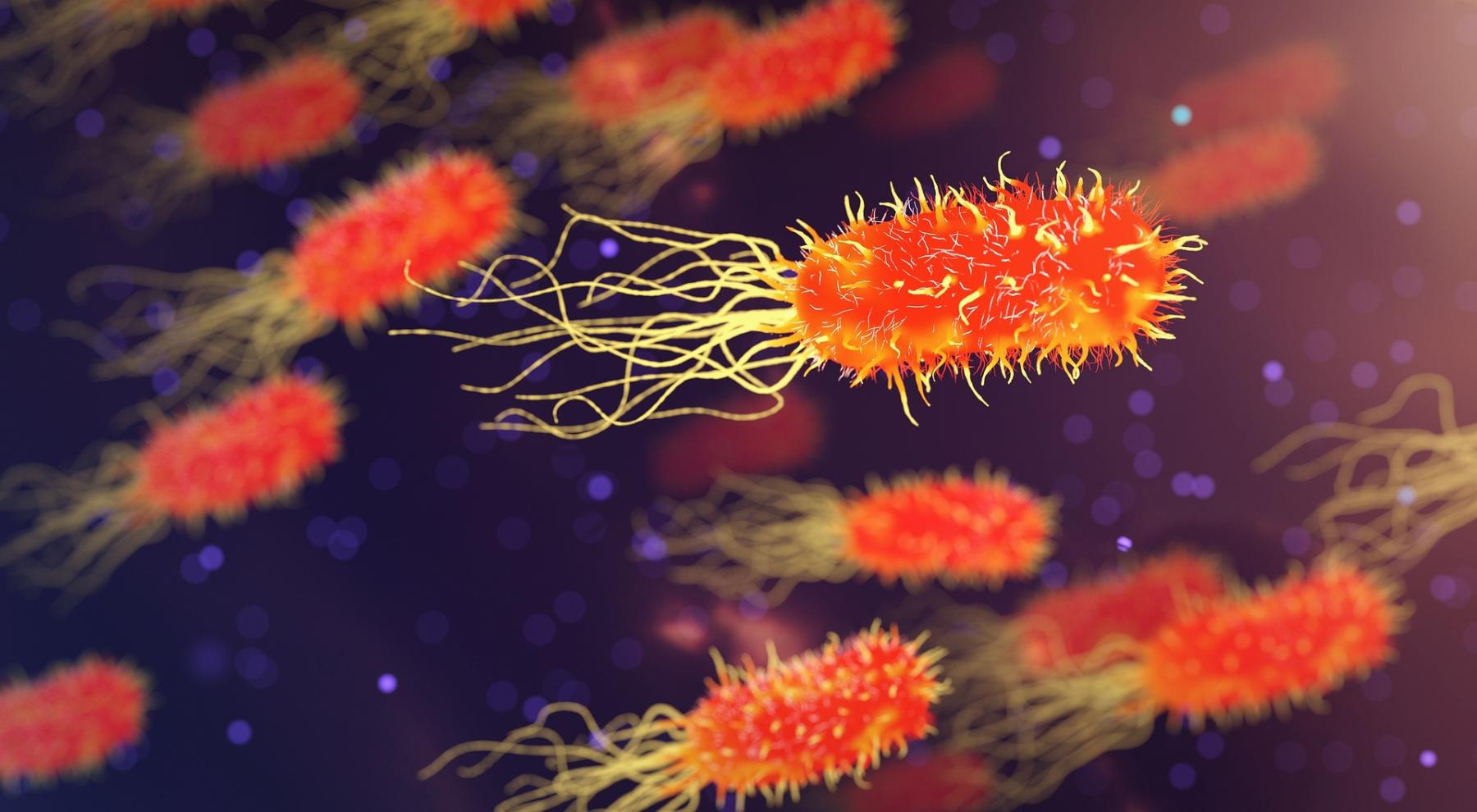
ELISA Disease Detection Test
In this laboratory you will use the ELISA (Enzyme Linked ImmunoSorbent Assay) for detecting the presence of an antigen, such as a disease-related agent, from a sample of body fluid. You will be given a solution that represents your body fluid. You will exchange body fluid with three other individuals. The ELISA test will be used to detect a simulated disease agent in the mixed body fluids. Finally, you will analyze the class data set to determine identity of the original carrier(s).
This assay is similar to that used for the AIDS test, in which an ELISA is used to detect individuals infected with the virus that causes AIDS (HIV).
Lesson Plan Link/URL
https://docs.google.com/presentation/d/1Y8g9QGlG1jbbmjsY1kKSNjFBwmCTnST8/edit?u…Related Content

Day 2 of a 4 day unit (with an optional day 5) on hydroponics, urban farming and vertical farming. Students will learn about hydroponics used on the International Space Station and vertical farming

The lesson plan consists of three labs that students can perform to investigate photosynthesis by preparing a slide and observing the chloroplast, test for the presence of glucose in leaves and

This is part 2 of a two-part series focused on the effects of grafting tomato plants to potato root stock in order to create "pomato" plants. This lesson is written for junior high students but can be